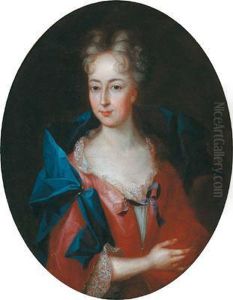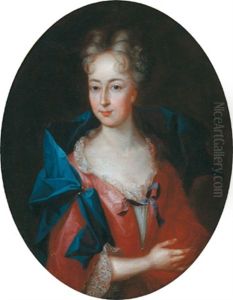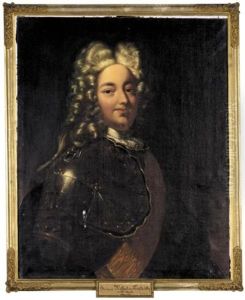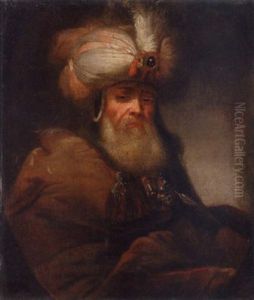Johann Peter Feuerlein Paintings
Johann Peter Feuerlein was a German painter who was born in 1660 in Nuremberg, Germany. He came from a family with strong connections to the world of art; his father, Jacob Feuerlein, was also a painter. Johann began his artistic journey following in the footsteps of his father and was significantly influenced by the Baroque style that was prevalent during his time.
Feuerlein's early career is not thoroughly documented, but it is known that he honed his skills in the Nuremberg tradition, which was at that time a significant center for arts and crafts in Germany. As was common for artists of his era, Feuerlein might have traveled to study and work with other artists to expand his skills and artistic vision. His body of work includes religious-themed paintings, portraits, and possibly historical scenes, although specific examples of his paintings are not widely cited in art historical literature.
In the Baroque tradition, Feuerlein's works would have been characterized by dramatic contrasts of light and shadow, a rich color palette, and dynamic compositions. His religious paintings would likely have served both devotional purposes and as decoration for churches and the homes of wealthy patrons. Given the era and region in which he was active, it is also possible that his artwork reflected the influence of the Counter-Reformation, which sought to use art as a means of religious persuasion and reaffirmation of Catholic values in the face of Protestant Reformation.
Johann Peter Feuerlein's death occurred in 1718, and while he may not be as widely recognized as some of his contemporaries, his contributions to the Baroque art scene in Nuremberg form a part of the rich tapestry of German Baroque painting. His legacy would have continued through those who encountered his work and through the influence he exerted on the local artistic community during his lifetime.



